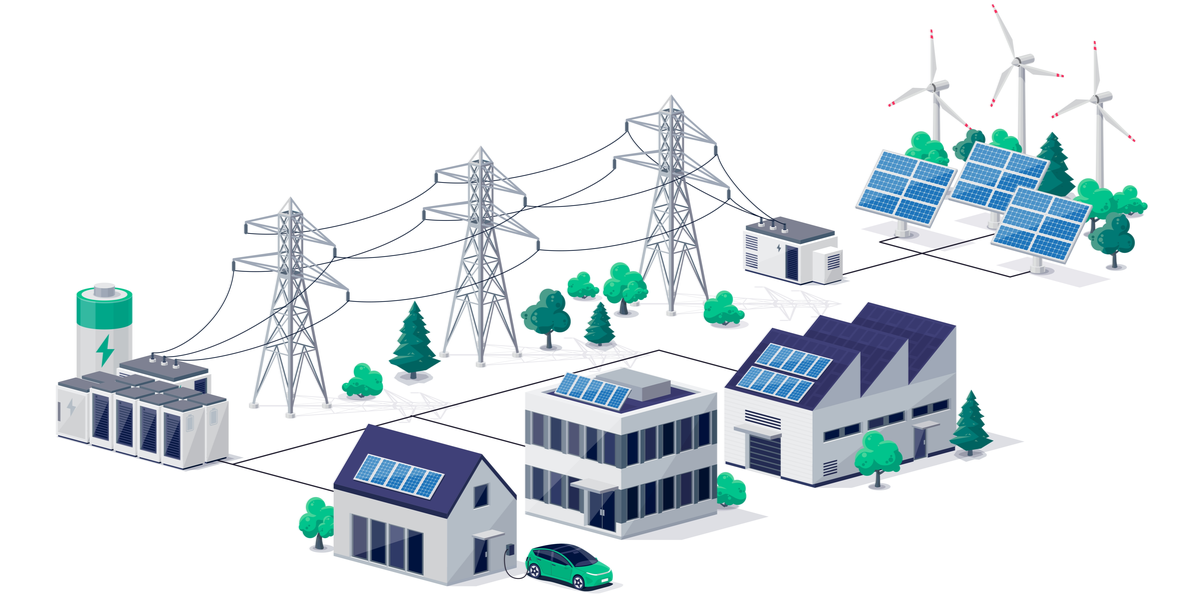The Southeast Looks Ahead To An Energy Productive Future
Let's Save Energy
Alliance to Save Energy's Blog
The Southeast Looks Ahead To An Energy Productive Future

The twelve states that make up the Southeast region of the United States represent 36% of the nation’s population and 44% of its energy consumption. We know it’s important for those numbers to change, and we know that energy productivity policies can make it happen.
There is great potential for increasing efficiency in the Southeast, which is why the Alliance is joining the Southeast Energy Efficiency Alliance (SEEA) and ASHRAE in Atlanta today for the latest Energy 2030 On the Road campaign stop. The event brings together stakeholders from the region to initiate dialogues and garner endorsements for the goal to double our nation’s energy productivity by the year 2030.
In honor of the event in the Peach State, we want to take a look at what the Southeast region is already doing in support of energy efficiency.
Utilities & Energy Efficiency
Georgia’s Integrated Resource Planning law, approved in the early 1990s, requires regulated electric utilities to file integrated resource plans (IRPs) with the Georgia Public Service Commission (GPSC) every three years. The IRPs help track energy demand and how it has changed as a result of efficiency across sectors. The law also encourages utilities to strive for greater energy efficiency by allowing them to recover costs with demand-side management programs.
A number of utilities in the region are similarly striving for greater energy efficiency. Tennessee Valley Authority (TVA) provides electricity to 9 million people in seven southeastern states and works to promote efficiency for the company and consumers through EnergyRight Solutions Programs. The wide range of programs provide consumers, businesses and industrial facilities with energy evaluations, technical resources, and more.
Efficient Buildings
Four years ago, SEEA received funding from the U.S. Department of Energy to perform building energy audits and upgrades. From 2010 – 2013, over 10,000 building energy audits were completed, resulting in more than 6,000 residential and commercial building retrofits.
A follow up report of the program found that the energy efficiency retrofits carried out in 16 cities across 8 Southeast states resulted in a 387% return on investment (ROI). In total, there was $78.3 million in regional economic output from the upgrades.
A Brighter, More Efficient Future
North Carolina is home to the headquarters of innovative LED light bulb company, Cree. The state is a leading example in the adoption of these energy saving bulbs, in part to support the state-wide goal to increase energy efficiency by 30% by next year, relative to 2002-03 levels. For instance, Johnson Controls conducted an energy audit of the UNC campus, where lighting was identified as a key area to meet efficiency goals. The school has since begun the process of replacing 100,000 bulbs across campus with LEDs.
Strong policies supporting energy productivity will be essential to achieving the state’s energy efficiency goal, all while creating jobs and saving consumers money. We look forward to seeing the results of the hard work that has already begun in the Southeast, and hope it spurs further action across more of the region.
STAY EMPOWERED
Help the Alliance advocate for policies to use energy more efficiently – supporting job creation, reduced emissions, and lower costs. Contact your member of Congress.
Energy efficiency is smart, nonpartisan, and practical. So are we. Our strength comes from an unparalleled group of Alliance Associates working collaboratively under the Alliance umbrella to pave the way for energy efficiency gains.
The power of efficiency is in your hands. Supporting the Alliance means supporting a vision for using energy more productively to achieve economic growth, a cleaner environment, and greater energy security, affordability, and reliability.



